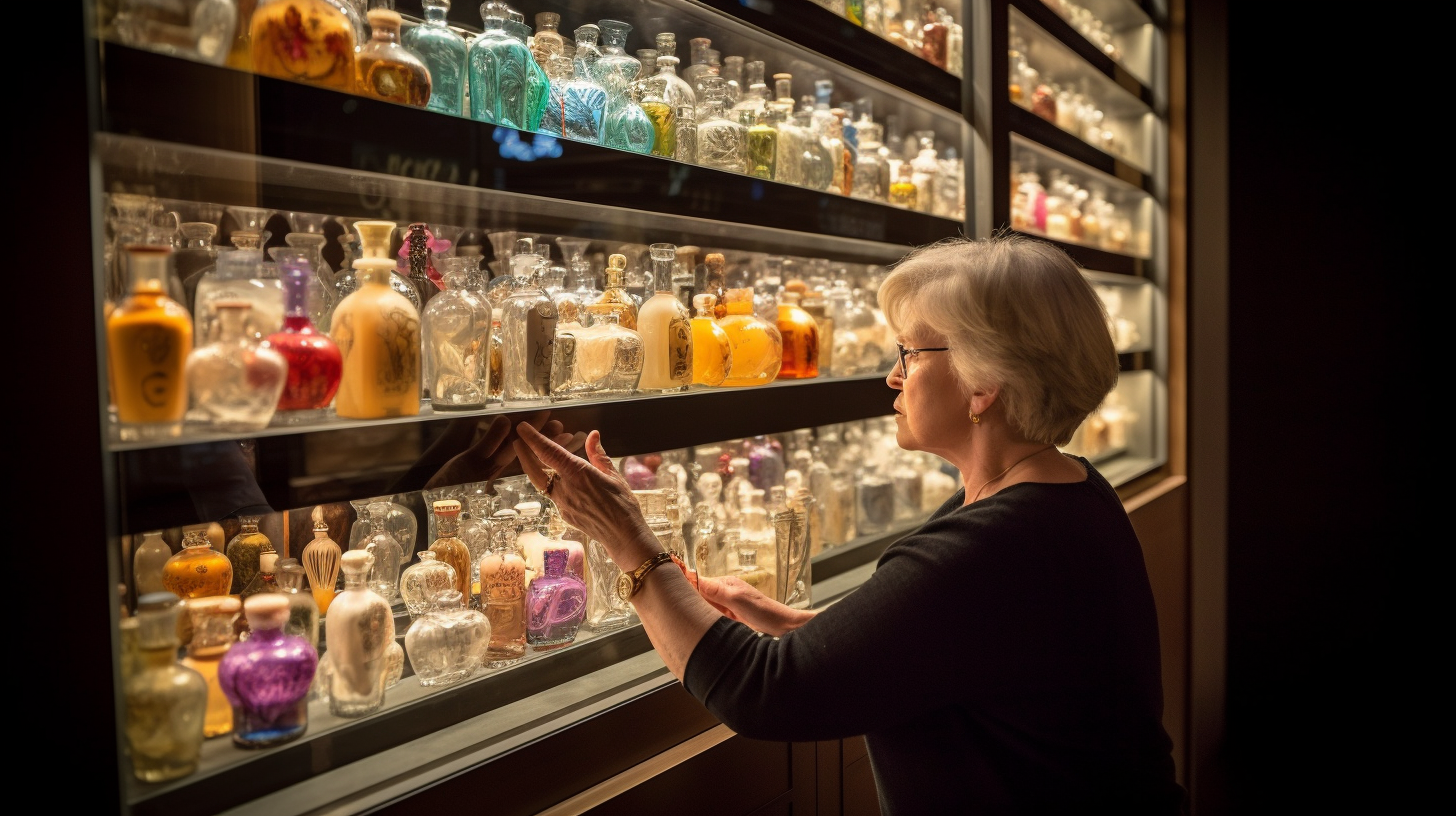The Environmental Impact of Fragrance Ingredients: What You Need to Know.
Have you ever stopped to think about the impact of your favorite fragrance on the environment? Fragrances are an essential part of our daily lives, from perfumes and colognes to scented candles and air fresheners. However, the ingredients used in these products can have a damaging impact on the environment, contributing to air and water pollution, and causing harm to wildlife.
In this blog post, we will explore the environmental impact of fragrance ingredients. We’ll examine the benefits and challenges of using natural versus synthetic ingredients, carbon footprint reduction strategies, green chemistry, and eco-friendly alternatives. We’ll also offer practical tips for reducing your ecological footprint while still enjoying your favorite fragrances.
The Environmental Impact of Fragrance Ingredients
The primary keyword for this topic is “fragrance ingredients affect the environment.” The fragrance industry uses a wide range of different ingredients in their products. These ingredients can be broadly divided into two categories: natural and synthetic.
Natural Ingredients
Natural ingredients are derived from plants or animals. They are often considered more environmentally friendly than synthetic ingredients because they are biodegradable and renewable. However, not all natural ingredients are created equal when it comes to environmental impact.
For example, sandalwood oil is a popular ingredient in fragrances due to its pleasant scent. However, sandalwood trees are slow-growing and endangered due to over-harvesting. As a result, many companies have switched to using synthetic sandalwood fragrance oils instead.
Synthetic Ingredients
Synthetic fragrance ingredients are chemically produced in a laboratory. They were developed as a cheaper alternative to natural ingredients and have become increasingly popular due to their versatility and consistency.
However, many synthetic fragrance ingredients have been linked to environmental issues such as air pollution and water contamination. For example, phthalates, a common ingredient in synthetic fragrances, have been found to disrupt hormone levels in wildlife and humans alike.
Benefits and Challenges of Using Natural vs. Synthetic Fragrance Ingredients
When it comes to choosing between natural and synthetic fragrance ingredients, there are pros and cons to consider. Let’s take a closer look at the benefits and challenges of each option.
Benefits of Natural Fragrance Ingredients
- Natural ingredients are biodegradable and renewable.
- They are often associated with higher quality and prestige due to their rarity.
- Natural fragrances can promote a sense of well-being by connecting us with nature.
Challenges of Natural Fragrance Ingredients
- Natural ingredients can be more expensive than synthetic alternatives.
- Some natural ingredients are endangered or difficult to source sustainably.
- Natural fragrances can vary in scent due to changes in growing conditions or seasonal availability.
Benefits of Synthetic Fragrance Ingredients
- Synthetic ingredients are often less expensive than natural alternatives.
- Synthetic fragrances offer greater consistency in scent due to their controlled production process.
- Synthetic fragrances can be produced without harming wildlife or the environment if done so responsibly through green chemistry practices.
Challenges of Synthetic Fragrance Ingredients
- Synthetic ingredients can contribute to air pollution and water contamination if not produced responsibly using green chemistry practices.
- Synthetic fragrances may contain toxic chemicals such as phthalates that can harm wildlife and humans alike.
- Some people may prefer natural fragrances due to their perceived higher quality and connection with nature.
Reducing Your Carbon Footprint
Regardless of whether you prefer natural or synthetic fragrances, there are several things you can do to reduce your carbon footprint and minimize your impact on the environment. Here are some practical tips:
Choose Eco-Friendly Fragrances
Look for fragrances that are made from sustainably sourced materials, use green chemistry practices, and avoid harmful ingredients such as phthalates. Many companies now offer eco-friendly fragrance options that are both high-quality and environmentally responsible.
Reduce Your Use of Fragrances
Consider using fewer scented products overall, or using them less frequently. This can help reduce your carbon footprint while still allowing you to enjoy your favorite scents. You can also switch to more natural alternatives such as essential oils or homemade fragrances.
Recycle Your Fragrance Packaging
When you’re finished with a fragrance product, be sure to recycle the packaging if possible. This can help reduce waste and minimize your environmental impact.
The Role of Green Chemistry in Fragrance Production
Green chemistry is a set of principles aimed at reducing the environmental impact of chemical production processes. When it comes to fragrance production, green chemistry practices can help reduce waste, limit the use of hazardous chemicals, and promote sustainability.
Some examples of green chemistry practices in fragrance production include:
- Using renewable energy sources such as solar or wind power for production processes.
- Making use of biodegradable or recyclable packaging materials.
- Using plant-based solvents instead of petroleum-based solvents.
Conclusion
Fragrances are an essential part of our daily lives, but they can have a significant impact on the environment. By choosing eco-friendly fragrances, reducing your use of scented products, recycling packaging, and supporting green chemistry practices, you can minimize your carbon footprint and help protect the planet.
Remember to consider the impact of your actions on the environment when making choices about fragrance products. By taking small steps towards sustainability, we can all make a big difference in preserving our planet for future generations.




